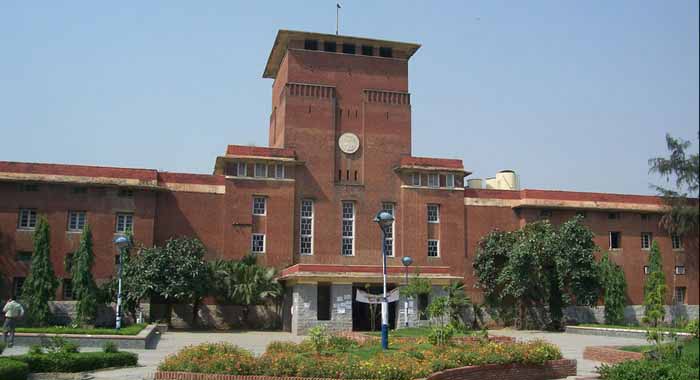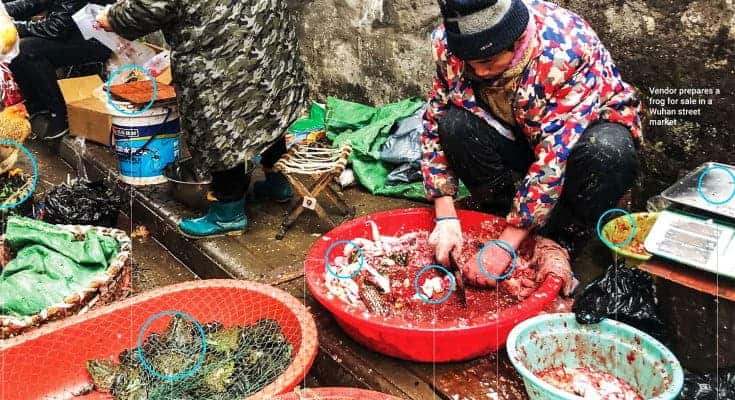Amid global lockdown due to coronavirus, India is grappling with certain additional issues such as feeding the poor and an upcoming water crisis.
On 25th March, Prime Minister Narendra Modi addressed the nation for the second time concerning the novel coronavirus. He mentioned that to win the battle against this foreign virus, India would go into an unprecedented 21-day lockdown to contain the spread of COVID-19 starting from 25th March till 15th April.
As a result of the lockdown, many citizens grew apprehensive about arranging food for such a long period without receiving wages. The workers depending on daily wages and those who work in the private sector continue to struggle without livelihoods. To tackle this issue, India announced that $22.6 billion will be set aside to ensure that no citizen goes to sleep with an empty stomach.
Arvind Kejriwal, Chief Minister, Delhi also announced that the Government has tied up with many NGOs, religious institutions, and private companies to implement the free meal scheme that includes providing meals to 2 lakh people. The free food distribution system will be scaled up to feed around 4 lakh people in the national capital. Around 234 night shelters in the city are catering to those who need meals. Lunch and dinner are also being served at 325 government schools.
Seher, a student of Hansraj College opined: “The government may be doing its best, but I’m doubtful whether the food will be easily accessible to everyone. The people living in remote areas may not be able to travel back and forth to obtain food on a daily basis.”
As the country witnesses a spike in the number of cases, thousands of migrant workers working in Delhi NCR wish to return to their villages despite the lockdown. A large number of people huddled close together while disregarding precautionary measures such as social distancing. Many daily wage workers claimed that before being affected by the coronavirus, starvation and mere survival is their biggest concern. Delhi Health Minister also provided reassurance to the citizens that the Government was making arrangements to feed the needy and leaving the city was needless.
Many NGOs have come forth to help the needy. Delhi Government is aiming to double the supply of ration, but it may not be enough to help everyone because night shelters opened by the government and the rations may not be accessible to many citizens. In addition to this, travelling amid the lockdown is not feasible.
Feature image credits- DNA India
Suhani Malhotra







